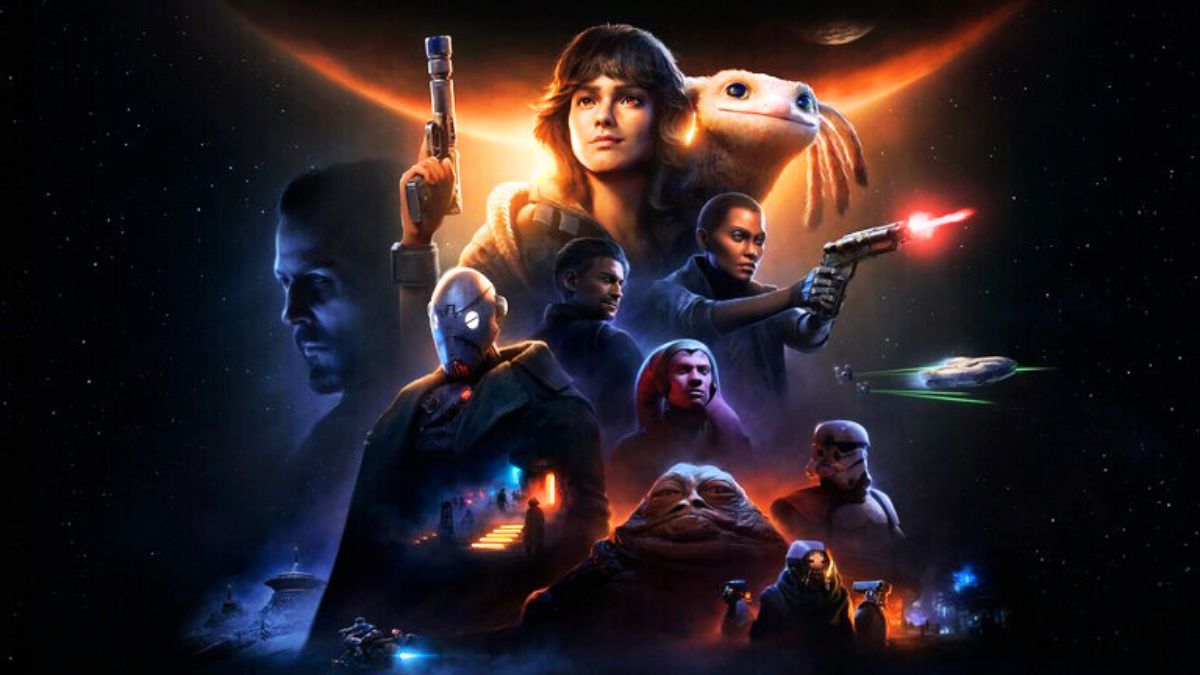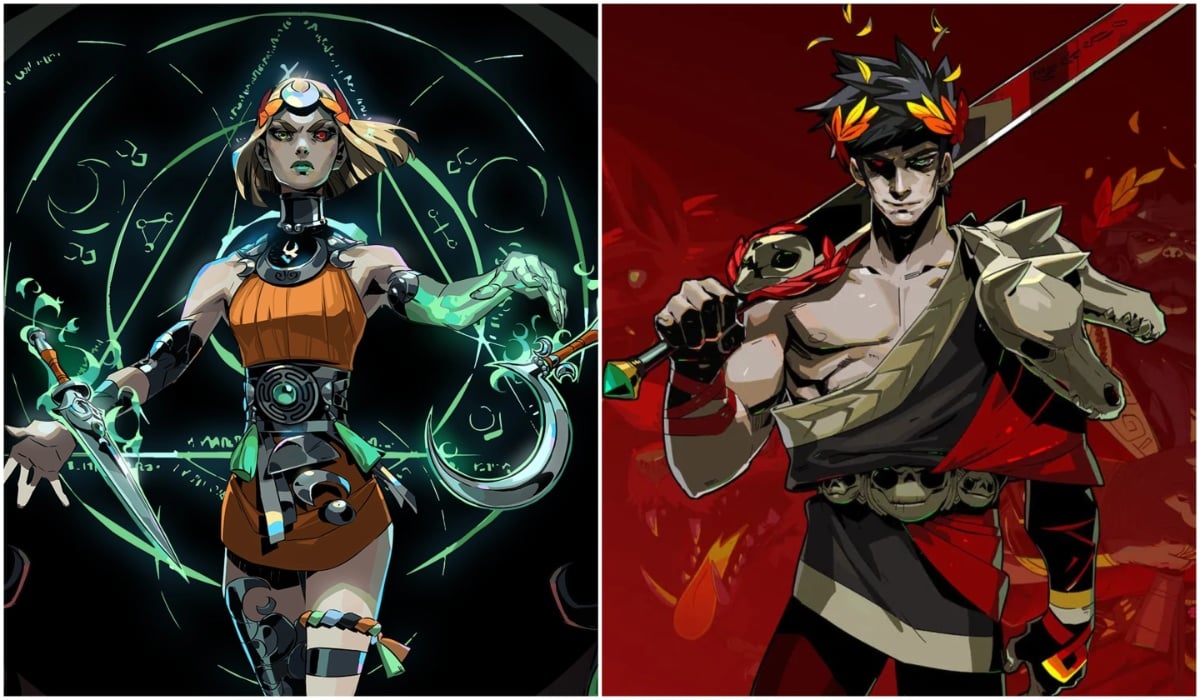Back Alley Internet is a recurring column in which we explore some of the weirder corners of the Internet and see what we can dredge up for your amusement and education. This week: Max plumbs the deeper mysteries of unreleased video games.
There are many video games that have never been seen, let alone played, but have entered the collective nerd consciousness. Polybius, the game that kills, for instance. Or the legendary Bioforce Ape. However, these are minor mysteries compared to the enigma that is Yeah Yeah Beebiss I.
The story of Yeah Yeah Beebiss I begins and ends in late ’80s mail order forms from catalogs, advertising the latest and greatest cartridges for the Nintendo Entertainment System. According to Frank Cifaldi, something of an expert on unreleased video games and one of the giant brains behind Lost Levels, it all began in June of 1989. That was when the game’s title appeared in an ad from mail order company Play It Again in the magazine Video Games & Computer Entertainment.
There, in black and white, was the first appearance of Yeah Yeah Beebiss I. The same ad continues to be run for July, August, and September before finally disappearing. Notably, the April and May issues make no mention of the strange game. Nor do subsequent issues. Yet as soon as it vanished from Play It Again’s magazine, it reappeared in the ad from another used video game retailer called Funco. This time, it was the October issue of Video Games & Computer Entertainment. The ad ran for another few months before disappearing again in January. It was never seen again.
Startlingly, Yeah Yeah Beebiss I does indeed have both a used price and a trade-in price for both ads. In the case of Play It Again, the used price is the highest the company offered: $33.95. Stranger still is that by the time the game appeared in Funco’s ad, it had been downgraded: A used copy would only cost you $32.50.
Of course, there is a much, much simpler explanation: It was a typo that went unnoticed and uncorrected for months. In 1989, the NES was approaching the height of its popularity. There were a lot of games, and a lot of pressure to make money off those games. Someone, somewhere, could have made a mistake. And then that mistake rippled through several companies before finally being removed. It’s entirely possible that both Funco and Play It Again received the list from a mass distributor, and had no idea of the part they played in this subtle drama.
The one wrinkle in this theory is that the prices on the lists were updated as they moved from Play It Again to Funco. In fact, all the Funco games are priced differently from their appearance in Play It Again, even though the lists are otherwise identical. Also, a note at the bottom of the Funco ad indicates that the list was generated with a three month lead time. This would account for the longevity of Yeah Yeah Beebiss I if it were simply an error. Of course, it could also mean that at one point, there was a game with an absurd name slated for a U.S. release. Whoever generated the list threw it in, and then had to pull it when the hotly anticipated Yeah Yeah Beebiss I never materialized.
Unfortunately, the limited evidence and intervening decades mean it’s unlikely the full truth will ever be known, but that hasn’t stopped people from trying. Forum poster Luigi_Master wrote on the Nintendo Age forums:
I looked up the Romaji for what I would assume would sound like “Bi Be Su” (?? ?), and plopped it into Google translate. It was translated as “The Bibe”. I decided to look up what “Bibe” meant, but Dictionary.com thought I meant “Beebe”, and behold.
Beebe was the surname of an American explorer and naturalist, and I decided to piece things together. The I probably was taken from the Roman Numeral II as a typo, and the fact Beebe was an explorer, maybe YYBI turned out to be Super Pitfall 2!?
Yeah Yeah Beebiss I has even inspired works of speculative fiction. Tumblr user “Steve Houbiko” posted a ficitonal “review” set in 1990. Here’s a sample.
YYBI comes in a taller cartridge than any other game on the market, owing to a spool of telephone cable built in at the top. This, when unspooled, fits directly into the phone socket on your wall. Make sure you do that. The manual is very clear and direct that YYBI needs to be plugged into the phone, and in fact not on much else. Besides that little detail the YYBI manual is a confusing collection of signs and symbols in a fake alien language. As it turns out, you won’t need to rely on it anyway, YYBI will tell you what you need to know.
However, there is still hope. Out there, in the great wide web, there are people like the folks at Lost Levels who investigate these pieces of culture that never were. It’s through them and people like them that such gems as Desert Bus have been saved. Maybe someday we’ll be able to pick apart the legend of Yeah Yeah Beebiss I and see the beauty inside of it.
(Lost Levels, all images via Lost Levels Flickr)







